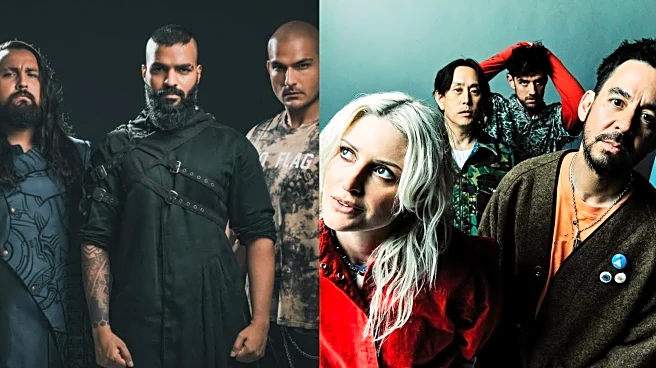What is the story about?
For followers of the indie-folk and rock scene, Raghu Dixit needs no introduction. For close to two decades, the indie-folk rocker has served up some of the most memorable melodies — from Hey Bhagwan, with its wicked mix of distorted electric guitar and violin that took India by storm in the late 2000s, to the classic Mysore Se Aayi Hai, and I'm in Mumbai, Waiting For A Miracle, a tribute to the ever-accepting spirit of the maximum city.
I recently caught up with Dixit, who reflected on his two-decade-long journey across 40 countries, on rethinking creativity, the indie ecosystem, and what AI means for the next generation of musicians.
From microbiology to music, from the lab to the stage
Before he became frontman of The Raghu Dixit Project and one of India’s most recognisable independent artists, Dixit was a microbiologist. That part of him, he says, never disappeared. “The stage is now my lab,” he said. “My background in sciences taught me to be curious and patient and to never say no. That curiosity has shaped my songwriting in the sense that the way I go about my life, the things I see around me, people I meet and experiences I have — they all feed into my music,” he added.
His Songwriting Process: Finding stories that find him
Dixit’s music blends regional folk traditions with contemporary sounds, drawing from poetry and folklore that explore human emotions. I asked him how he chooses which stories and traditions to showcase, to which Dixit said that stories usually find him rather than the other way around.
“I am drawn to poetry and folklore. They usually speak of timeless human emotions — love, loss, faith, longing, hope, desire. There are poets whose work is particularly close to me since my childhood — Da Ra Bendre, for instance. I try to reimagine these stories in a way that connects with today’s listener while staying true to their roots. Whatever I do, I stand on the strongest shoulders of profound geniuses who inspire my work. I am nothing without them,” said Dixit.
Dixit also gave us a peek into his songwriting process, from inspiration to finished composition. He describes it as almost mystical. “It almost always starts with a line or a poem or even a melody. She finds me. ALWAYS. Moves me. And insists on being told,” he said. “There is this strange sense of inexplicable restlessness once she has arrived. And then I have to make requisite arrangements for the birthing process — I often hum alone, then jam with my band, and slowly, together we shape the song into its final form,” added Dixit.
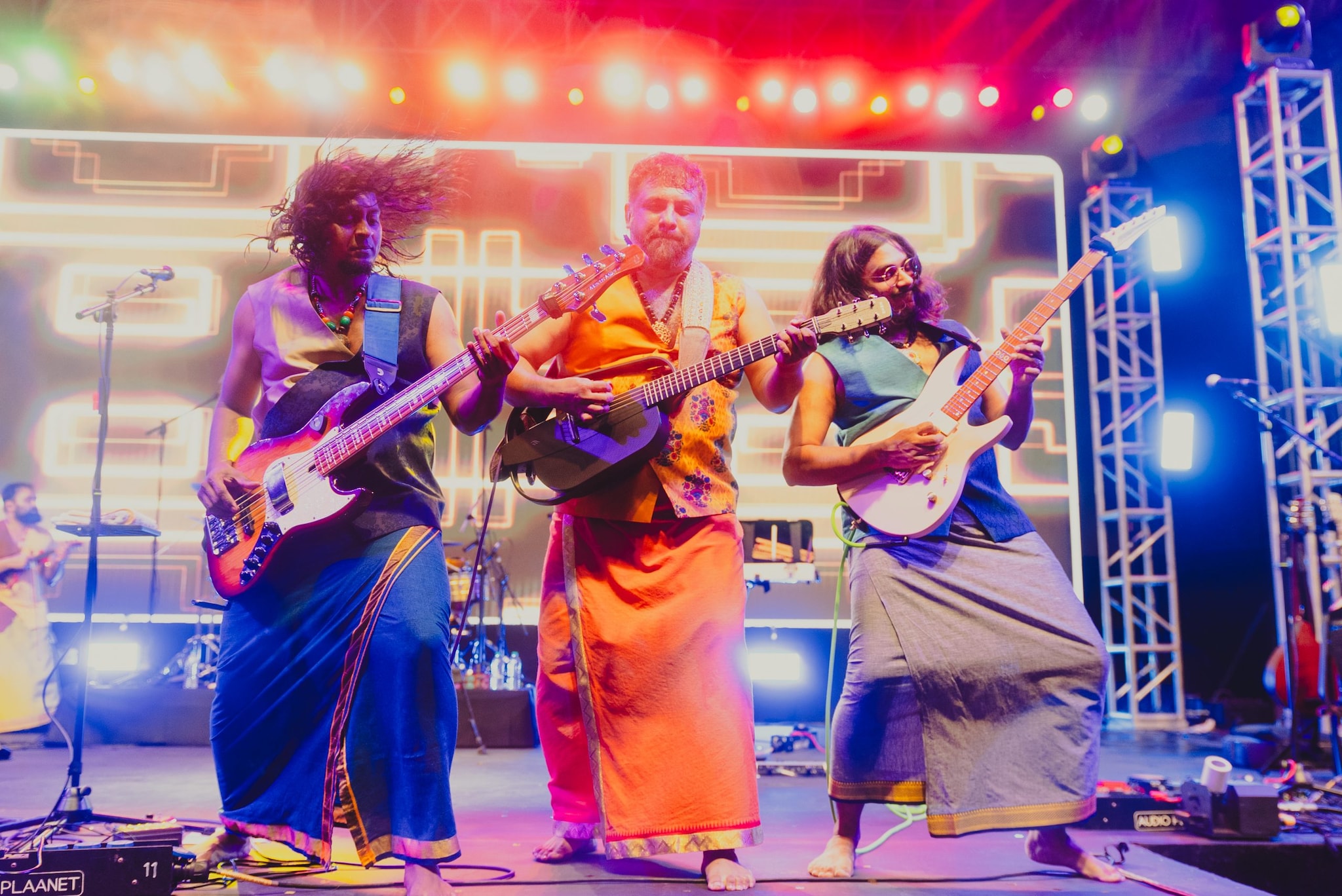
Also Read: Rhythm meets storytelling — how Tāl Fry is taking Indian classical percussion to the global stage
On AI, technology and the future of music
In an era where artificial intelligence is becoming a highly contentious tool for music creation, Dixit believes human emotion remains irreplaceable.
“Find me an AI that has had a heartbreak. Until then, it is only an amazing tool helping you tell your stories even better. But remember, you've got to have a story to tell it well,” said Dixit, highlighting the human essence that can’t be replaced or replicated by technology (yet).
As AI becomes a flashpoint in music worldwide, Dixit’s position is clear: technology can assist, but not replace feeling. Still, he sees AI as both a collaborator and disruptor. “AI will simplify certain technical tasks and help independent artists make music without huge budgets. I am particularly kicked about AI’s potential in democratising music and taking it out of the ivory towers of big expensive studios,” he said, adding that he “would love to see young minds tinker around and nurture their creative talents in music. There is so much in us all waiting to be discovered.”
The Indie Music Scene: Equal doses of opportunity and anxiety
As India’s live music landscape expands with major festivals and global acts, Dixit says the opportunity for independent artists has never been greater — but neither have the challenges.
“The opportunities are incredible — there’s an audience hungry for authentic music, and platforms to reach them are more accessible than ever. What I am scared of is the walling off of music,” he said. According to Dixit, the key concerns at the moment are ticket prices, picking artists based solely on social media clout, and the eventual homogenisation of the vibrant music scene.
“Ticket prices and accessibility are a big concern. Promoters choosing artists based on social media numbers is a concern. Homogenisation of the scene is a concern. We need an ecosystem that values originality as much as it values scale,” said Dixit.
On performing for the world
Having performed in over 40 countries — from Glastonbury to the Olympics — Dixit says Indian audiences always feel like home. “Indian audiences feel like home. What was that lovely ad line? Tedha hai par mera hai?” he said. “But yes, overseas it is a special feeling — it is incredible to see the audience’s interest in a song they’ve never heard in a language they don’t understand. Their respect and curiosity always amaze me. I may have performed in 40–50 countries, and I have rarely had foreign audiences that are not fully cued in,” added Dixit.
He recently performed in Hyderabad at Roots, a student-led festival at Mahindra University that celebrates India’s cultural heritage through music and art.
I asked him what the differentiator is between such festivals and those led by experienced entities. Dixit said such festivals carry a unique spark.
“Student-led festivals have an energy that’s impossible to replicate anywhere else — it’s raw, it’s innocent and it’s boundless in a way that nothing can be,” said Dixit. “Students are not bound by ‘how things should be done’. Remember that parable of why the bee flies? Because it doesn’t know it can’t fly! For artists like us, it’s a reminder of why we started making music in the first place,” added Dixit.
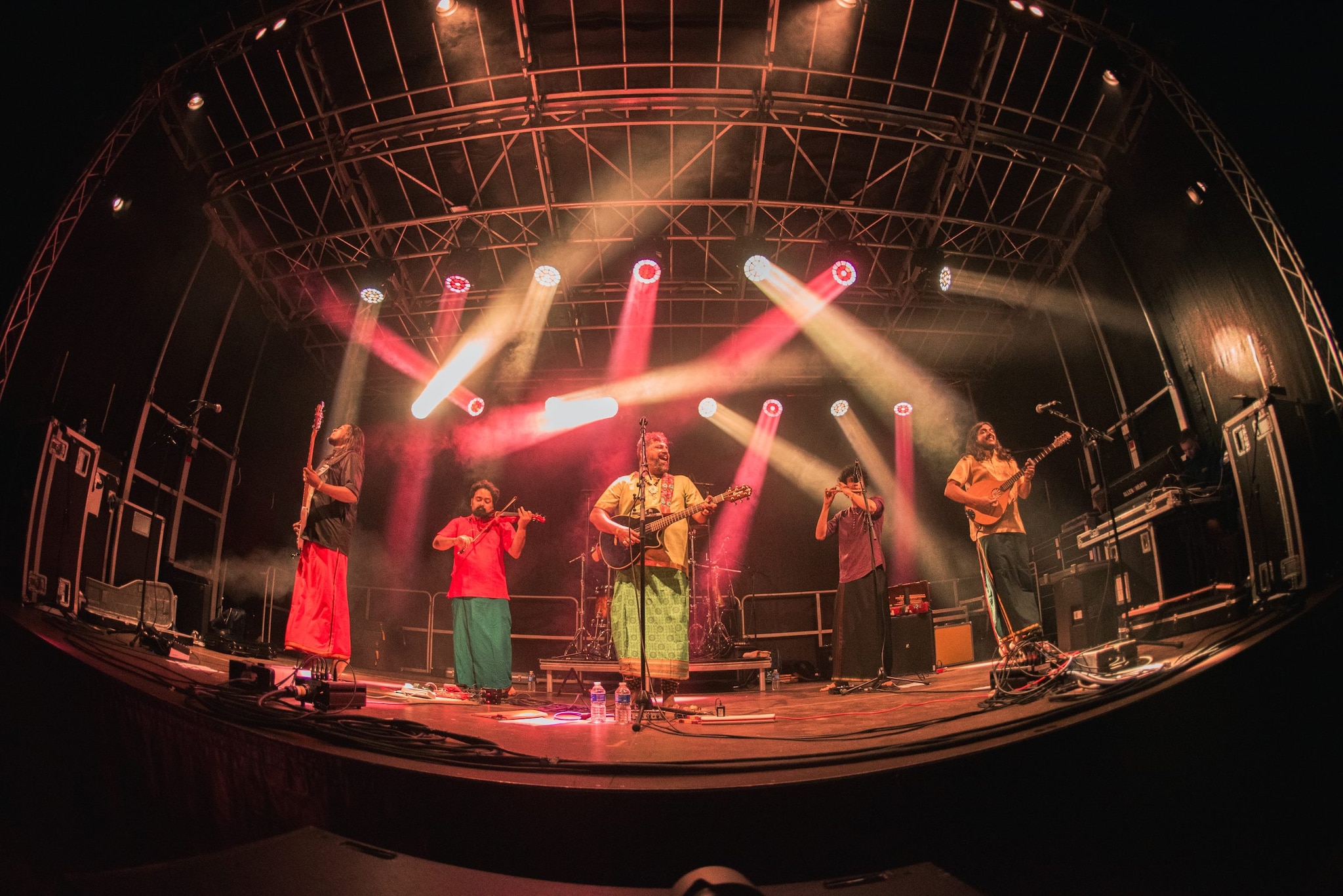
Also Read: From applause to fair pay: IPRS tunes up music economy with record royalty payouts
RRR: Royalties, rights, and recognition
When it comes to royalties, Dixit prefers to focus on the art rather than the accounting. “To be honest, right now, where I am, I am interested only in making music. I know what I deserve will eventually find me. No one can take that away from me. Remember my song Parasiva? I have experienced that all my life!”
That said, he believes the system needs reform. “We need stronger collection mechanisms and transparency. Royalties should automatically reach the creators, not get stuck in layers of bureaucracy. Independent artists should also have easier ways to register and track their work. Make it easy, simple, beautiful,” added Dixit.
A Note to the Next Gen
For young artists navigating technology, business, and performance, Dixit’s advice is stripped of all noise. “Never think of all that. Take your thumbs off that screen, put your head down, close your eyes and listen. Your heart is singing a song to you. Bring that to life. That’s it. Rest falls in place. Trust me. Do not complicate what is simple.”
I recently caught up with Dixit, who reflected on his two-decade-long journey across 40 countries, on rethinking creativity, the indie ecosystem, and what AI means for the next generation of musicians.
From microbiology to music, from the lab to the stage
Before he became frontman of The Raghu Dixit Project and one of India’s most recognisable independent artists, Dixit was a microbiologist. That part of him, he says, never disappeared. “The stage is now my lab,” he said. “My background in sciences taught me to be curious and patient and to never say no. That curiosity has shaped my songwriting in the sense that the way I go about my life, the things I see around me, people I meet and experiences I have — they all feed into my music,” he added.
His Songwriting Process: Finding stories that find him
Dixit’s music blends regional folk traditions with contemporary sounds, drawing from poetry and folklore that explore human emotions. I asked him how he chooses which stories and traditions to showcase, to which Dixit said that stories usually find him rather than the other way around.
“I am drawn to poetry and folklore. They usually speak of timeless human emotions — love, loss, faith, longing, hope, desire. There are poets whose work is particularly close to me since my childhood — Da Ra Bendre, for instance. I try to reimagine these stories in a way that connects with today’s listener while staying true to their roots. Whatever I do, I stand on the strongest shoulders of profound geniuses who inspire my work. I am nothing without them,” said Dixit.
Dixit also gave us a peek into his songwriting process, from inspiration to finished composition. He describes it as almost mystical. “It almost always starts with a line or a poem or even a melody. She finds me. ALWAYS. Moves me. And insists on being told,” he said. “There is this strange sense of inexplicable restlessness once she has arrived. And then I have to make requisite arrangements for the birthing process — I often hum alone, then jam with my band, and slowly, together we shape the song into its final form,” added Dixit.

The Raghu Dixit Project
Also Read: Rhythm meets storytelling — how Tāl Fry is taking Indian classical percussion to the global stage
On AI, technology and the future of music
In an era where artificial intelligence is becoming a highly contentious tool for music creation, Dixit believes human emotion remains irreplaceable.
“Find me an AI that has had a heartbreak. Until then, it is only an amazing tool helping you tell your stories even better. But remember, you've got to have a story to tell it well,” said Dixit, highlighting the human essence that can’t be replaced or replicated by technology (yet).
As AI becomes a flashpoint in music worldwide, Dixit’s position is clear: technology can assist, but not replace feeling. Still, he sees AI as both a collaborator and disruptor. “AI will simplify certain technical tasks and help independent artists make music without huge budgets. I am particularly kicked about AI’s potential in democratising music and taking it out of the ivory towers of big expensive studios,” he said, adding that he “would love to see young minds tinker around and nurture their creative talents in music. There is so much in us all waiting to be discovered.”
The Indie Music Scene: Equal doses of opportunity and anxiety
As India’s live music landscape expands with major festivals and global acts, Dixit says the opportunity for independent artists has never been greater — but neither have the challenges.
“The opportunities are incredible — there’s an audience hungry for authentic music, and platforms to reach them are more accessible than ever. What I am scared of is the walling off of music,” he said. According to Dixit, the key concerns at the moment are ticket prices, picking artists based solely on social media clout, and the eventual homogenisation of the vibrant music scene.
“Ticket prices and accessibility are a big concern. Promoters choosing artists based on social media numbers is a concern. Homogenisation of the scene is a concern. We need an ecosystem that values originality as much as it values scale,” said Dixit.
On performing for the world
Having performed in over 40 countries — from Glastonbury to the Olympics — Dixit says Indian audiences always feel like home. “Indian audiences feel like home. What was that lovely ad line? Tedha hai par mera hai?” he said. “But yes, overseas it is a special feeling — it is incredible to see the audience’s interest in a song they’ve never heard in a language they don’t understand. Their respect and curiosity always amaze me. I may have performed in 40–50 countries, and I have rarely had foreign audiences that are not fully cued in,” added Dixit.
He recently performed in Hyderabad at Roots, a student-led festival at Mahindra University that celebrates India’s cultural heritage through music and art.
I asked him what the differentiator is between such festivals and those led by experienced entities. Dixit said such festivals carry a unique spark.
“Student-led festivals have an energy that’s impossible to replicate anywhere else — it’s raw, it’s innocent and it’s boundless in a way that nothing can be,” said Dixit. “Students are not bound by ‘how things should be done’. Remember that parable of why the bee flies? Because it doesn’t know it can’t fly! For artists like us, it’s a reminder of why we started making music in the first place,” added Dixit.

The Raghu Dixit Project
Also Read: From applause to fair pay: IPRS tunes up music economy with record royalty payouts
RRR: Royalties, rights, and recognition
When it comes to royalties, Dixit prefers to focus on the art rather than the accounting. “To be honest, right now, where I am, I am interested only in making music. I know what I deserve will eventually find me. No one can take that away from me. Remember my song Parasiva? I have experienced that all my life!”
That said, he believes the system needs reform. “We need stronger collection mechanisms and transparency. Royalties should automatically reach the creators, not get stuck in layers of bureaucracy. Independent artists should also have easier ways to register and track their work. Make it easy, simple, beautiful,” added Dixit.
A Note to the Next Gen
For young artists navigating technology, business, and performance, Dixit’s advice is stripped of all noise. “Never think of all that. Take your thumbs off that screen, put your head down, close your eyes and listen. Your heart is singing a song to you. Bring that to life. That’s it. Rest falls in place. Trust me. Do not complicate what is simple.”
Do you find this article useful?
/images/ppid_59c68470-image-17633825784496967.webp)

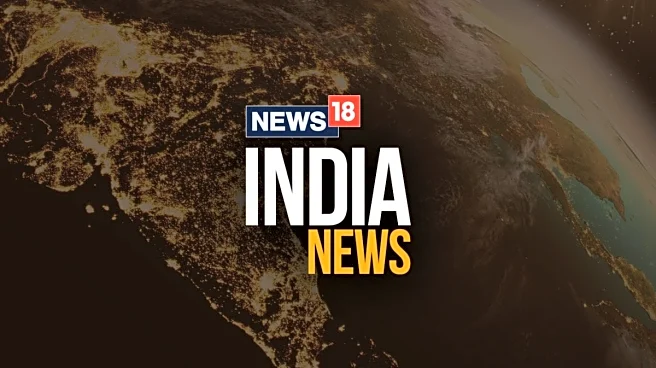

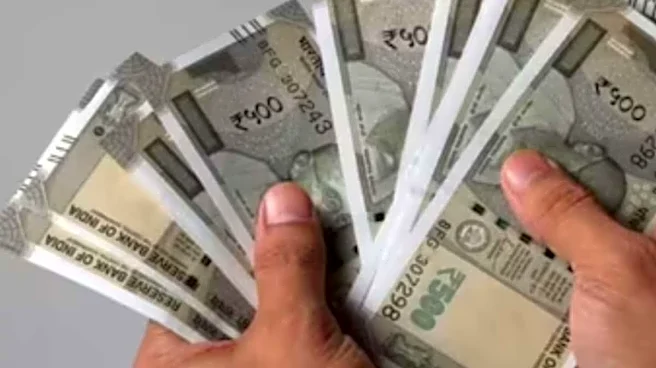
/images/ppid_59c68470-image-17633826118258049.webp)


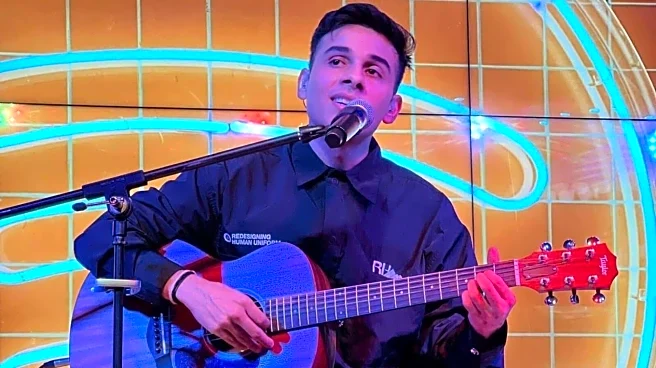

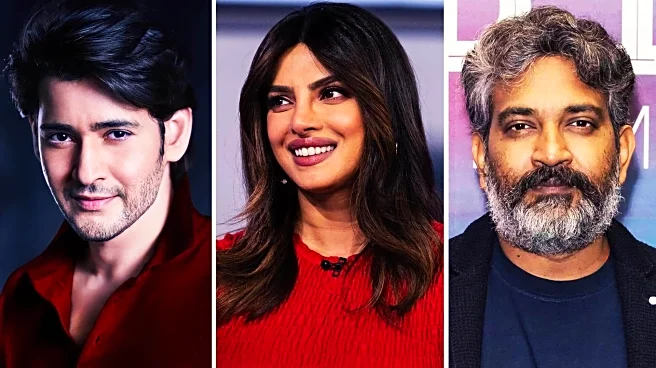

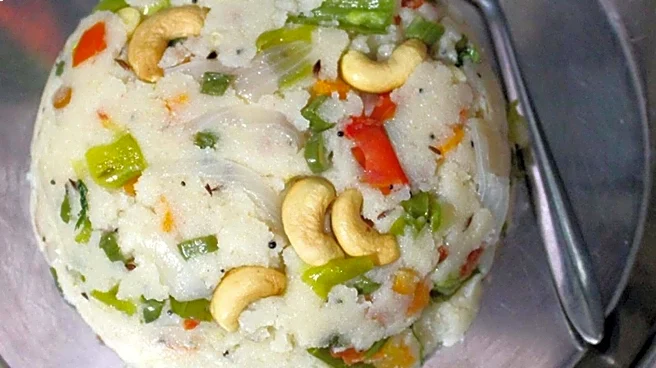
/images/ppid_a911dc6a-image-176310682870417096.webp)

